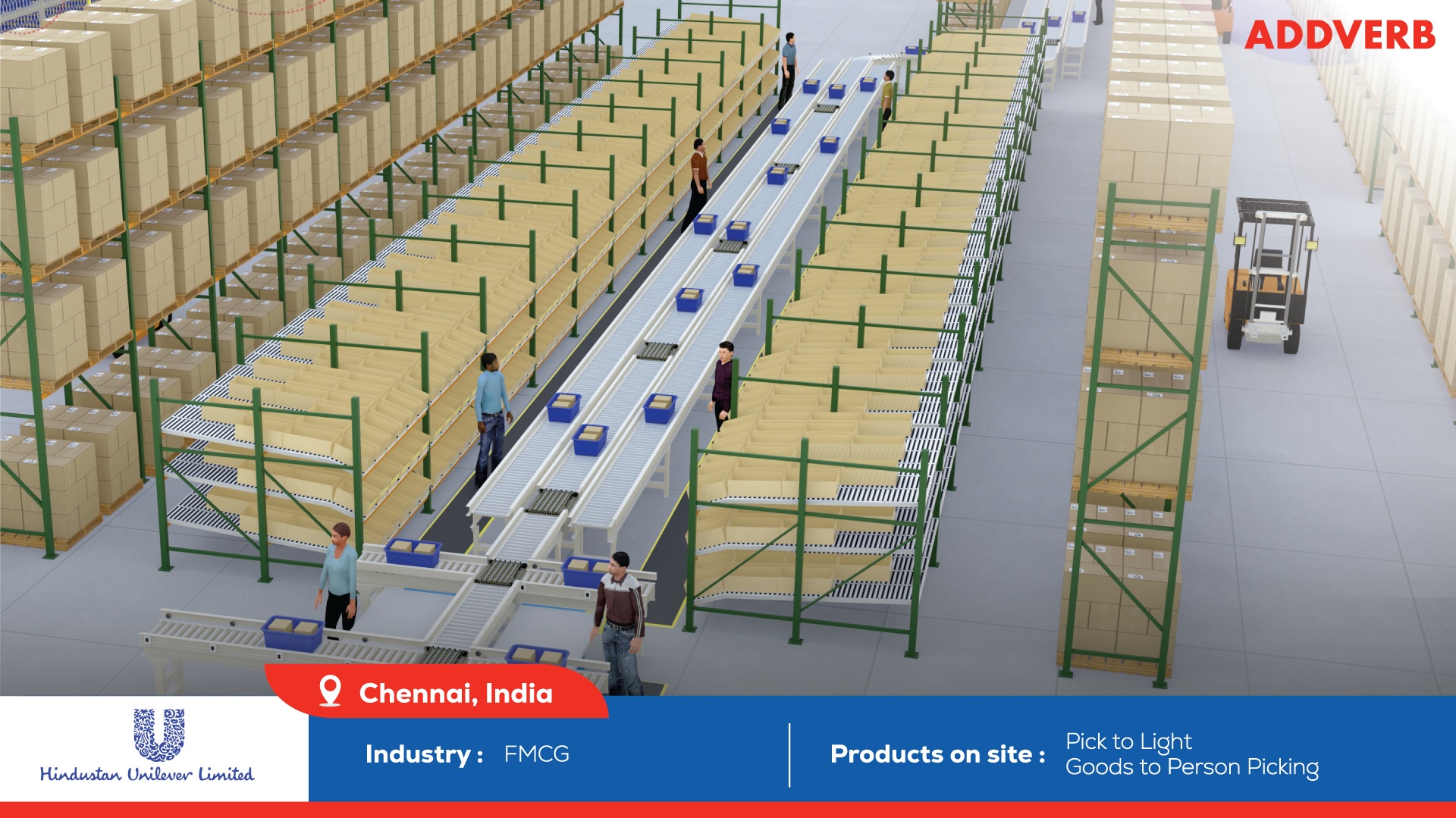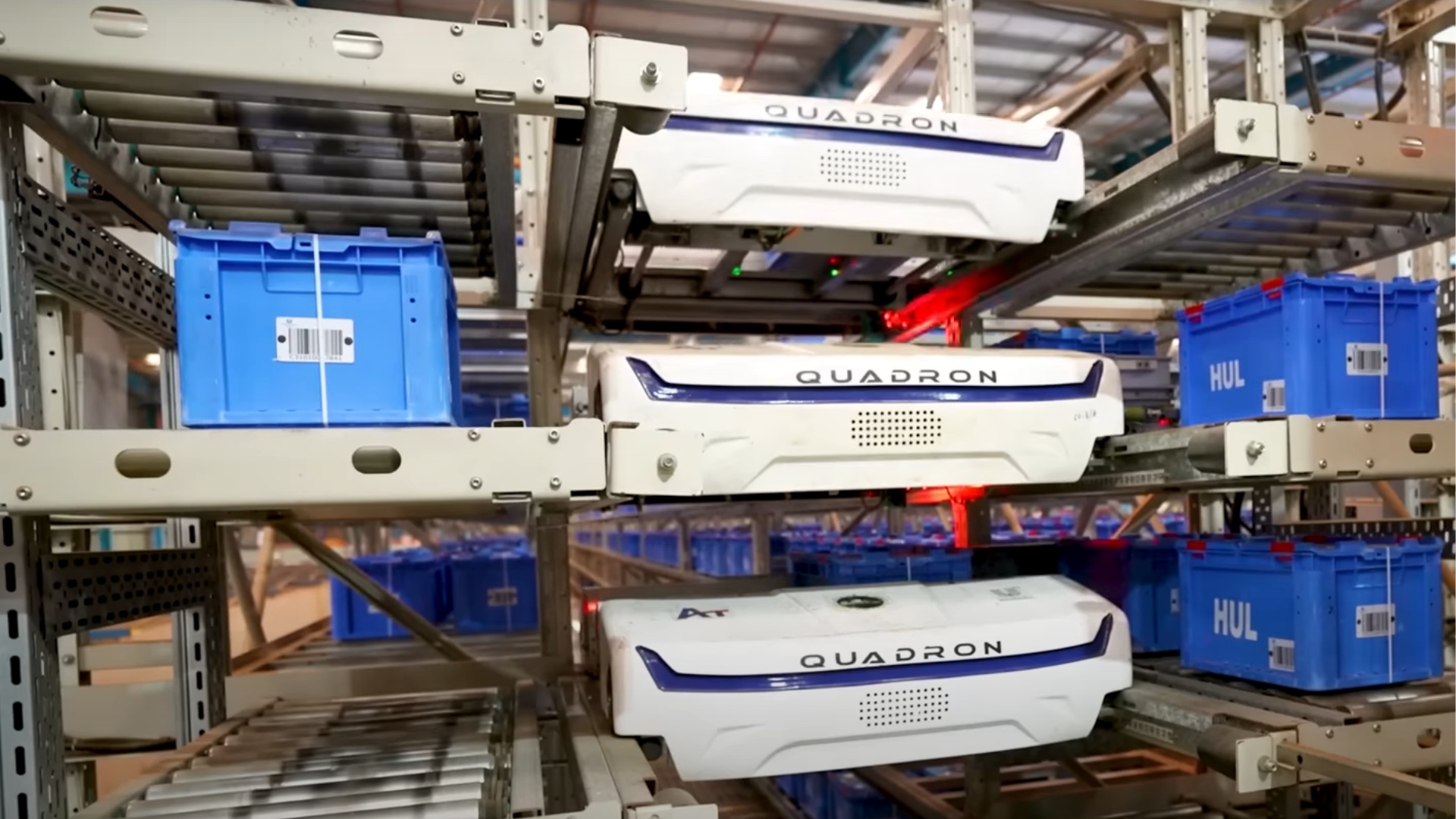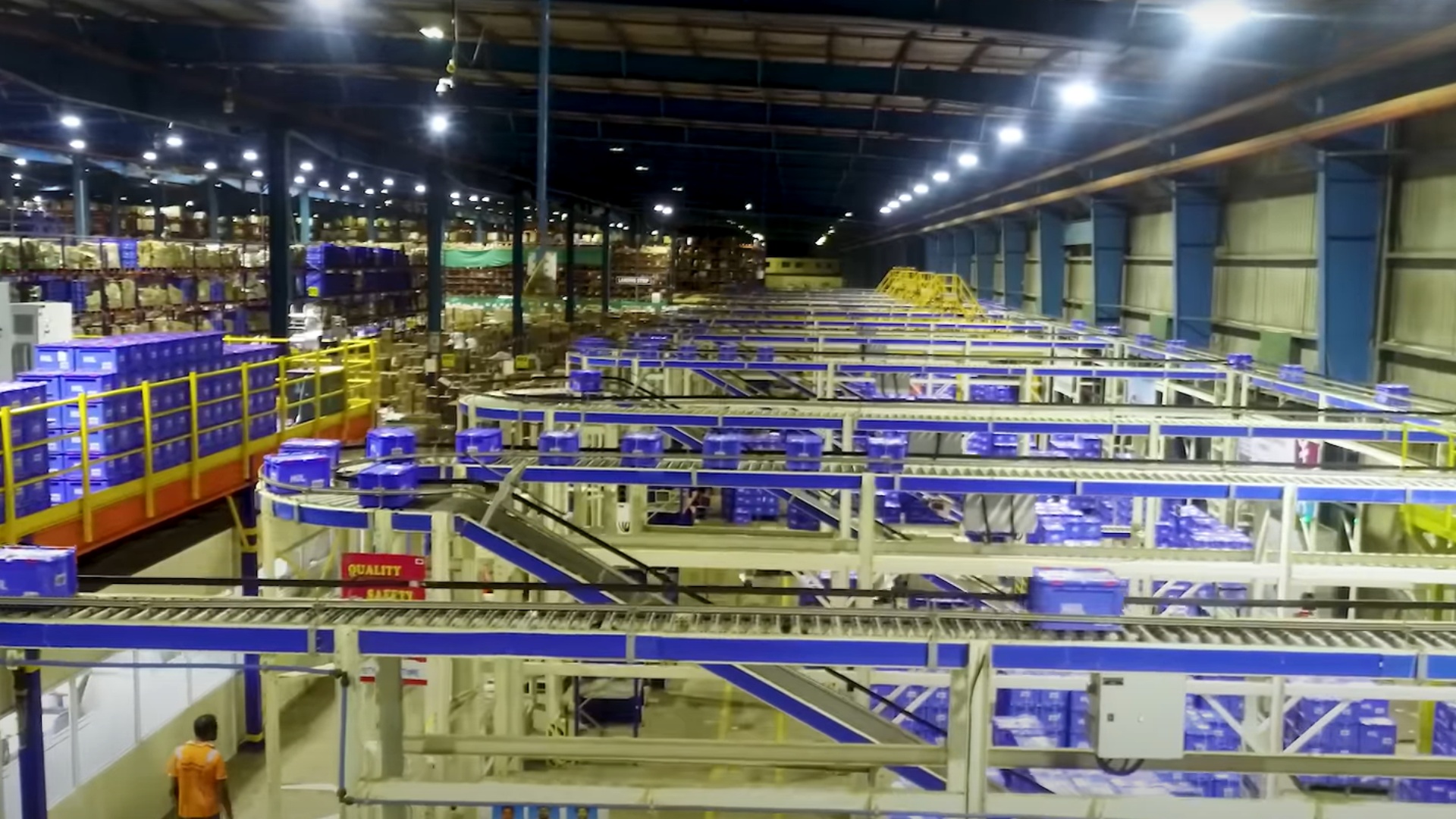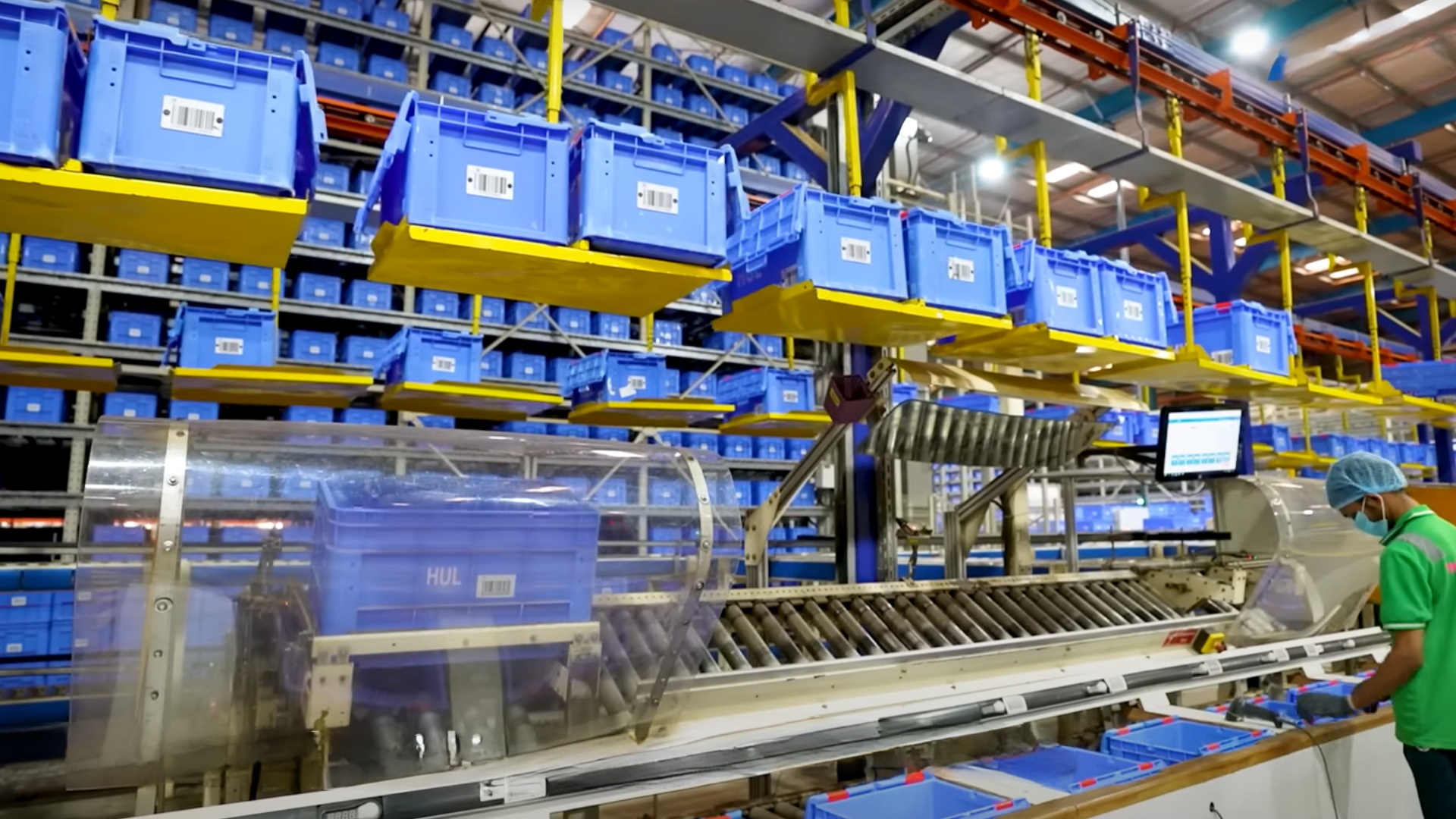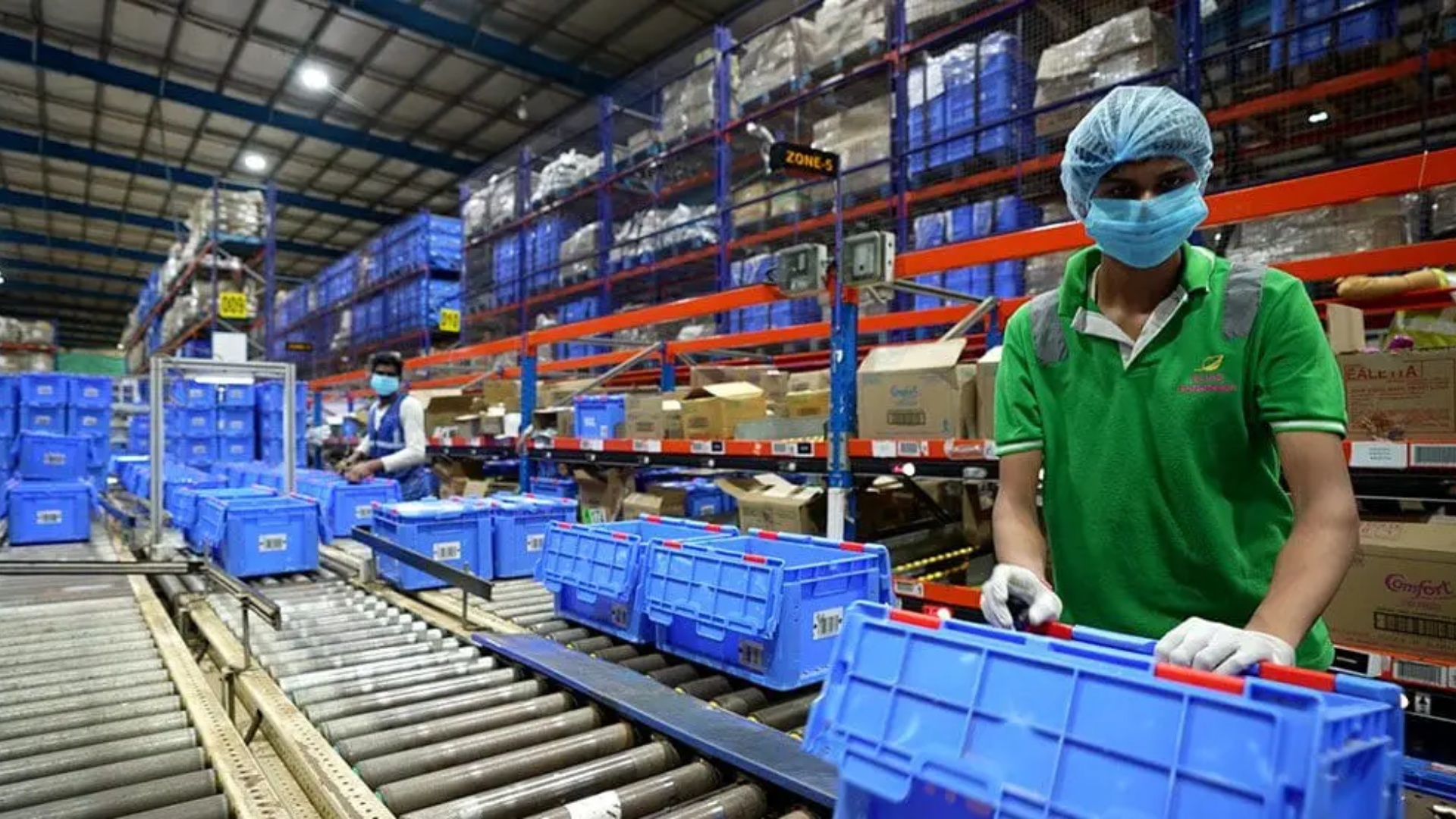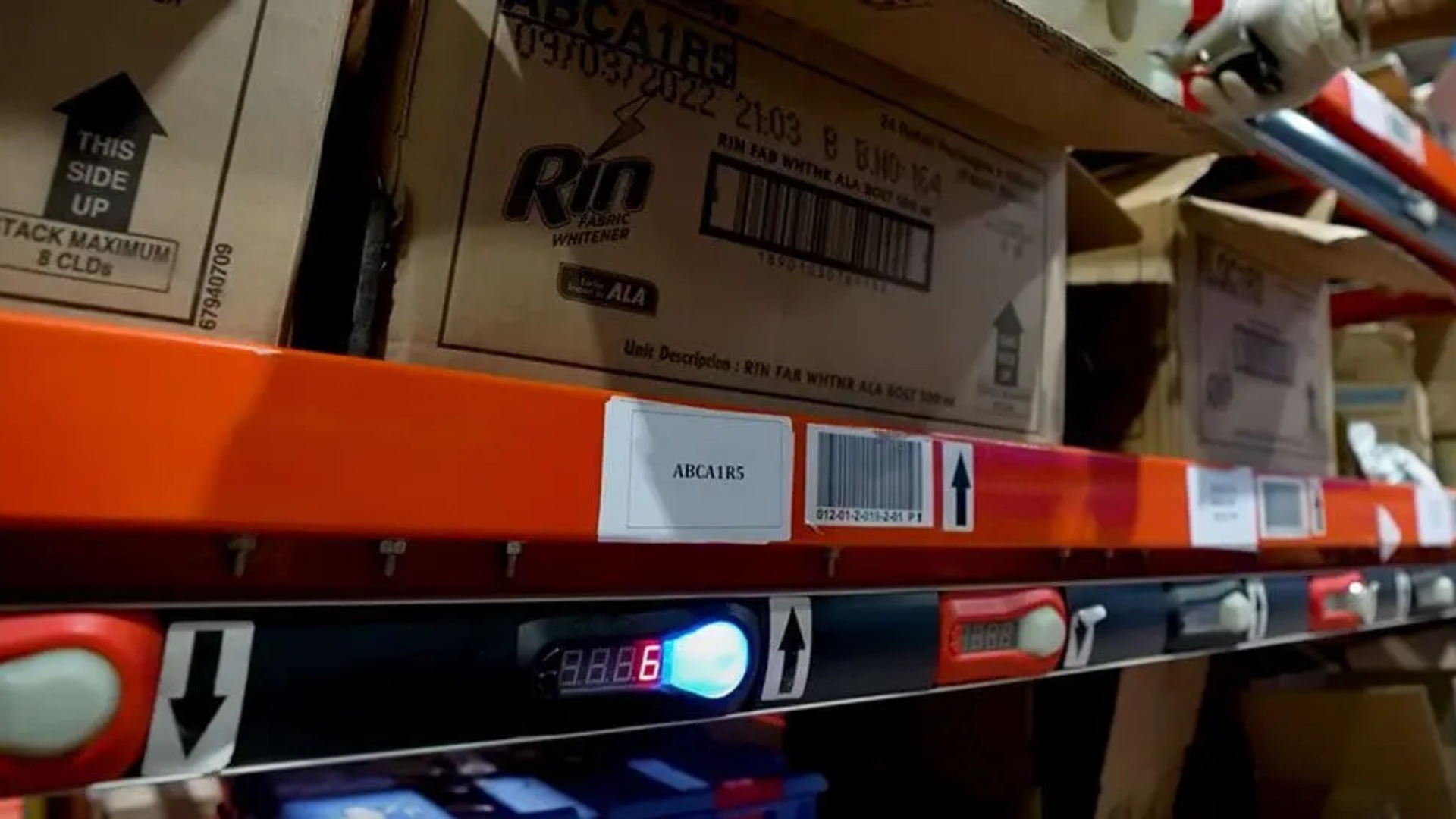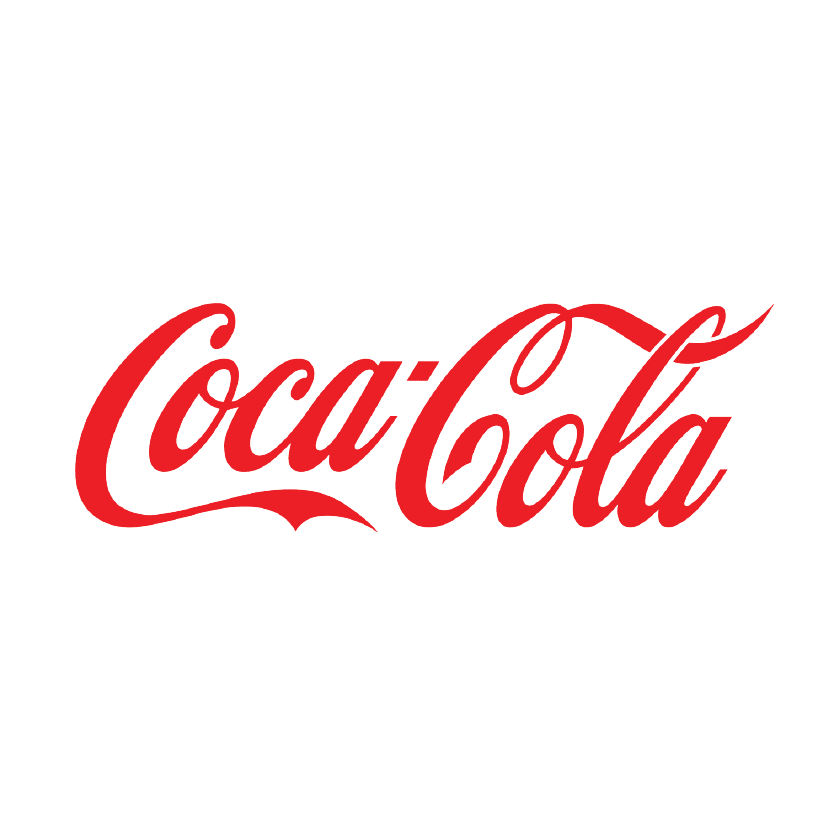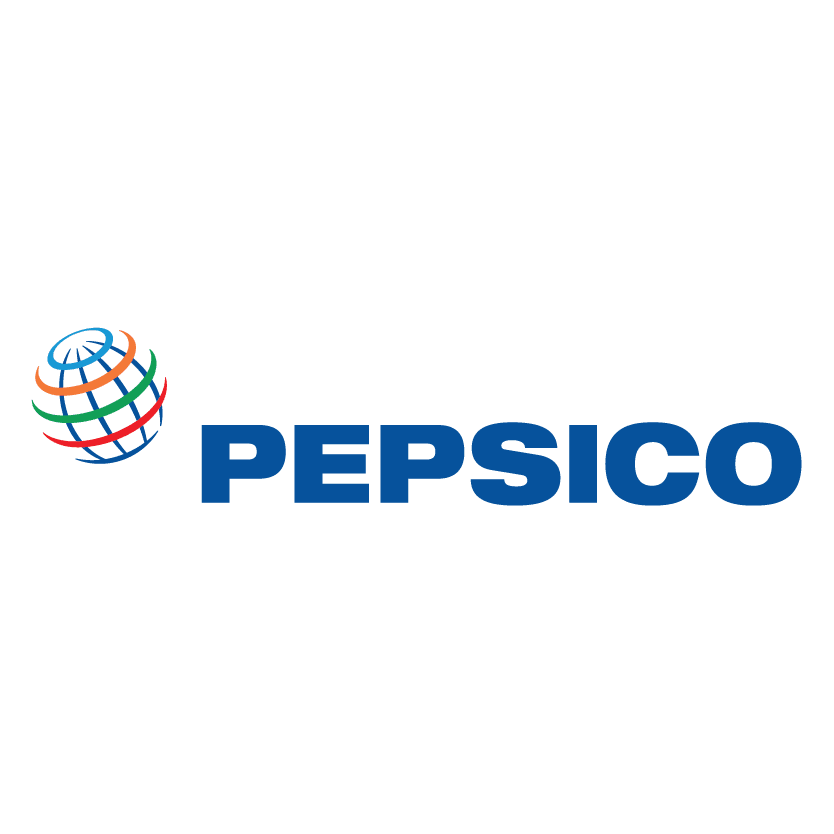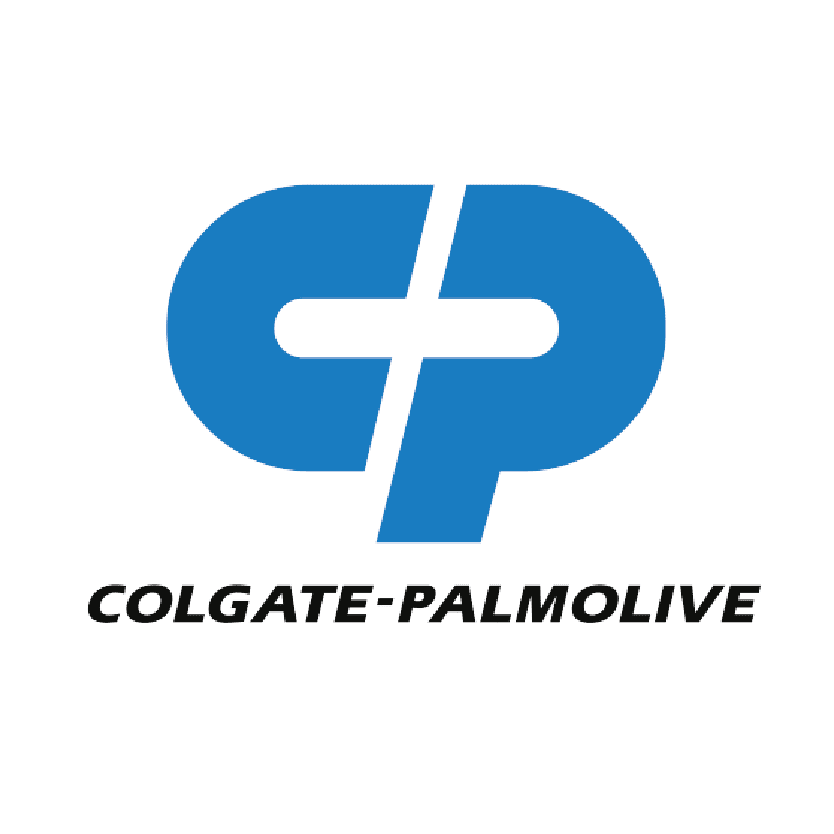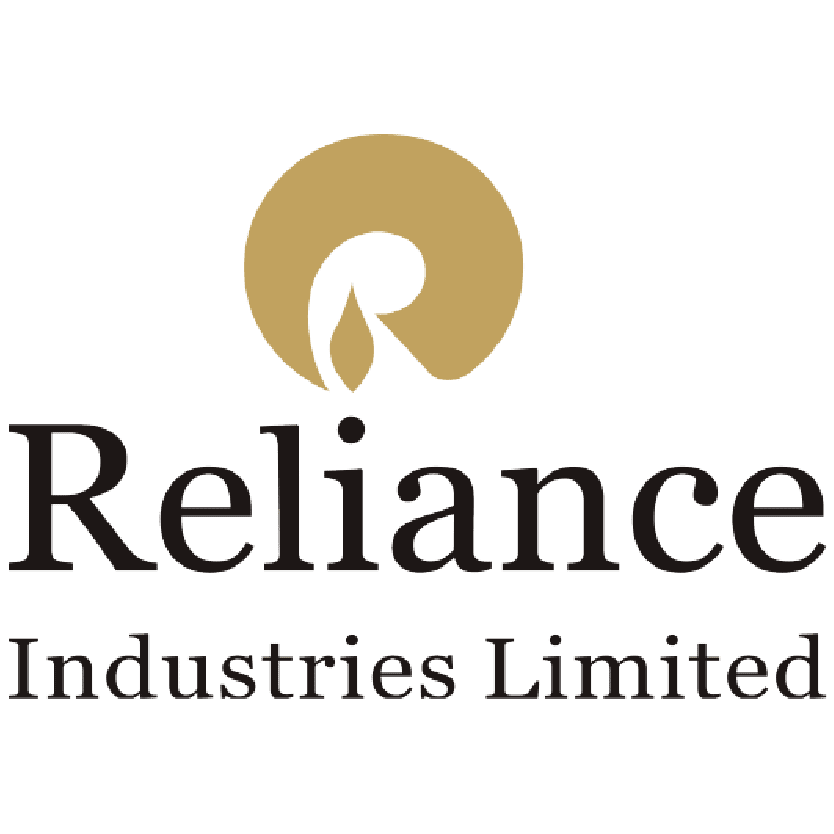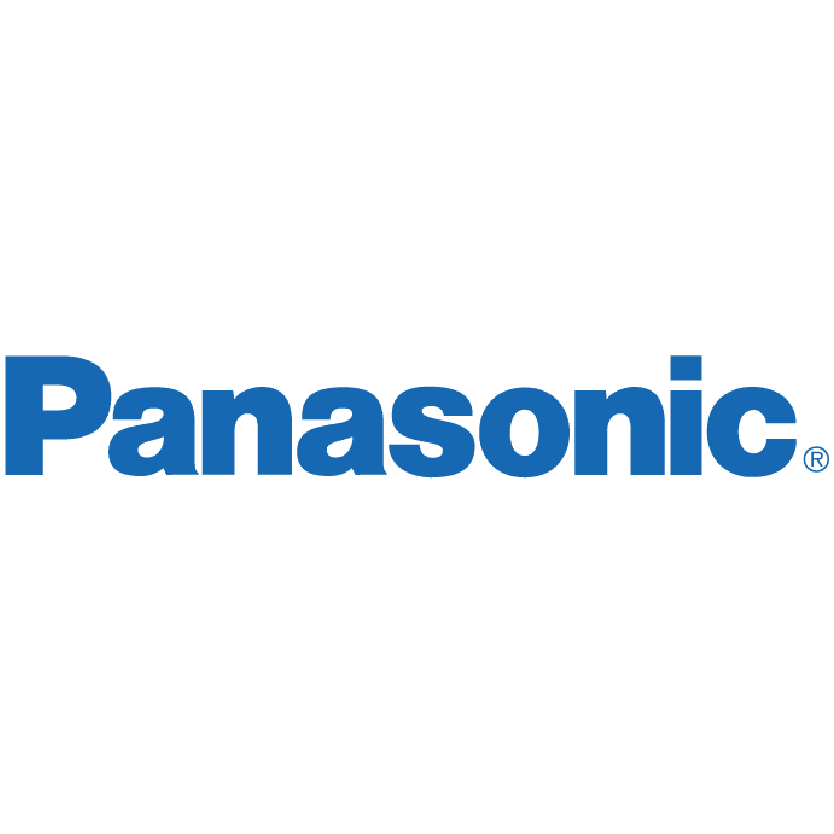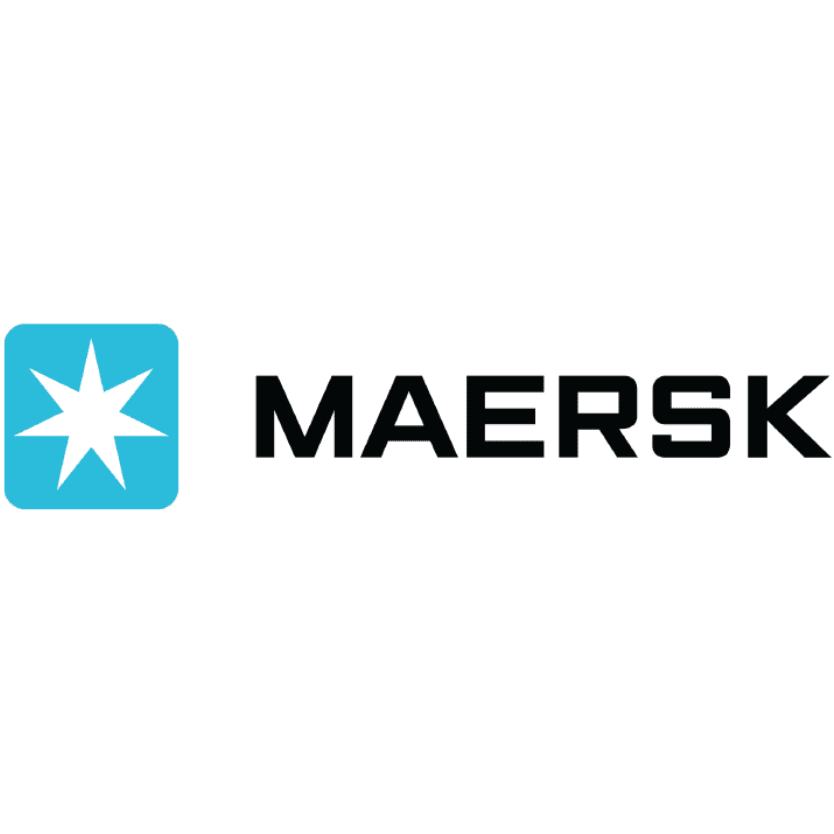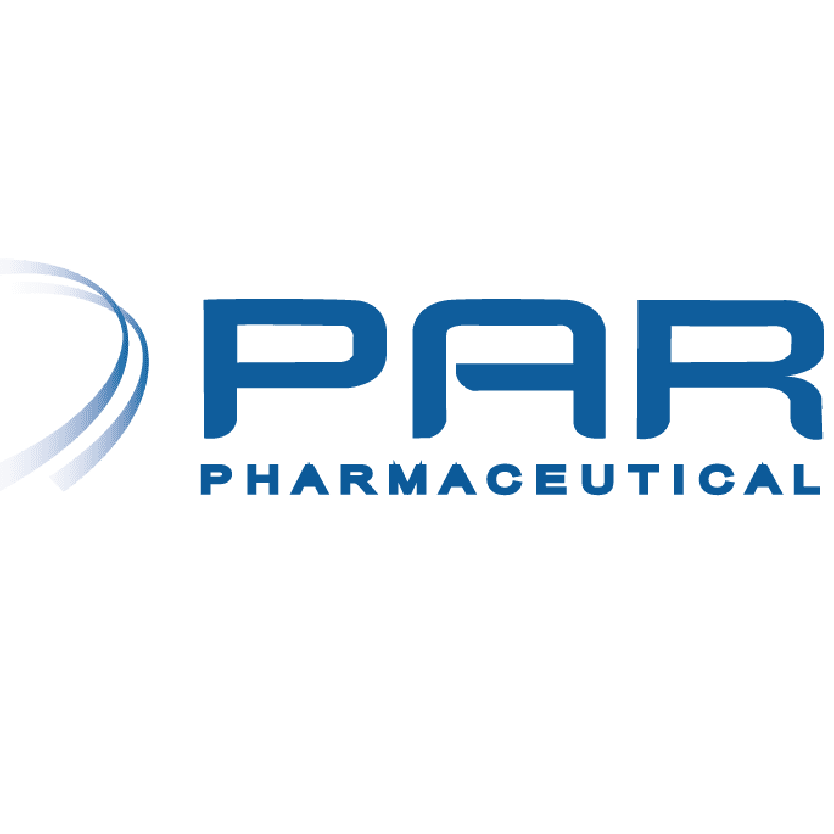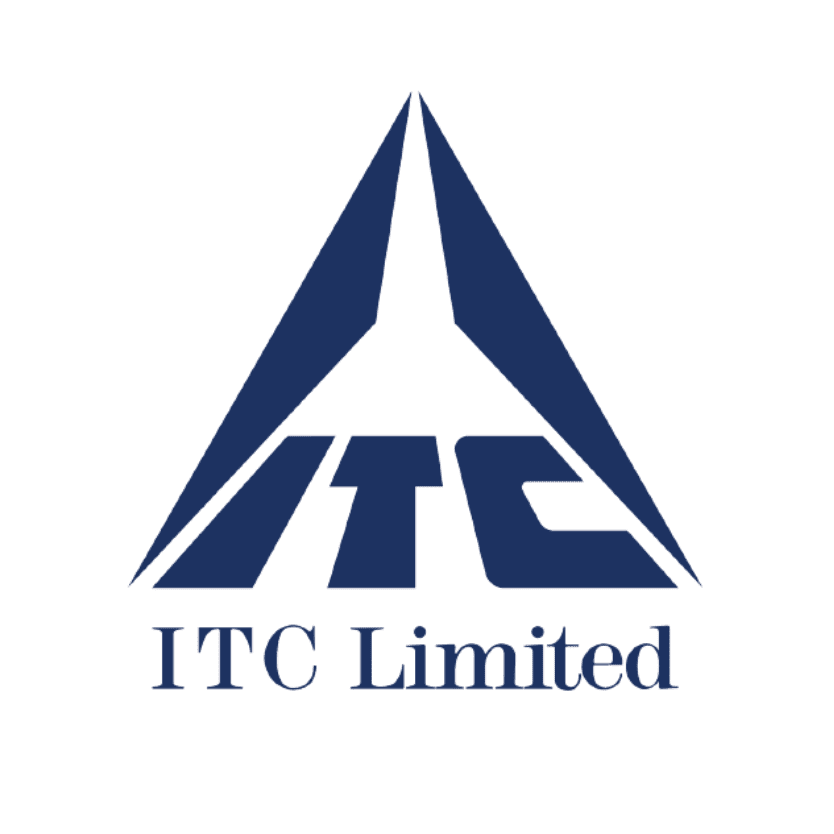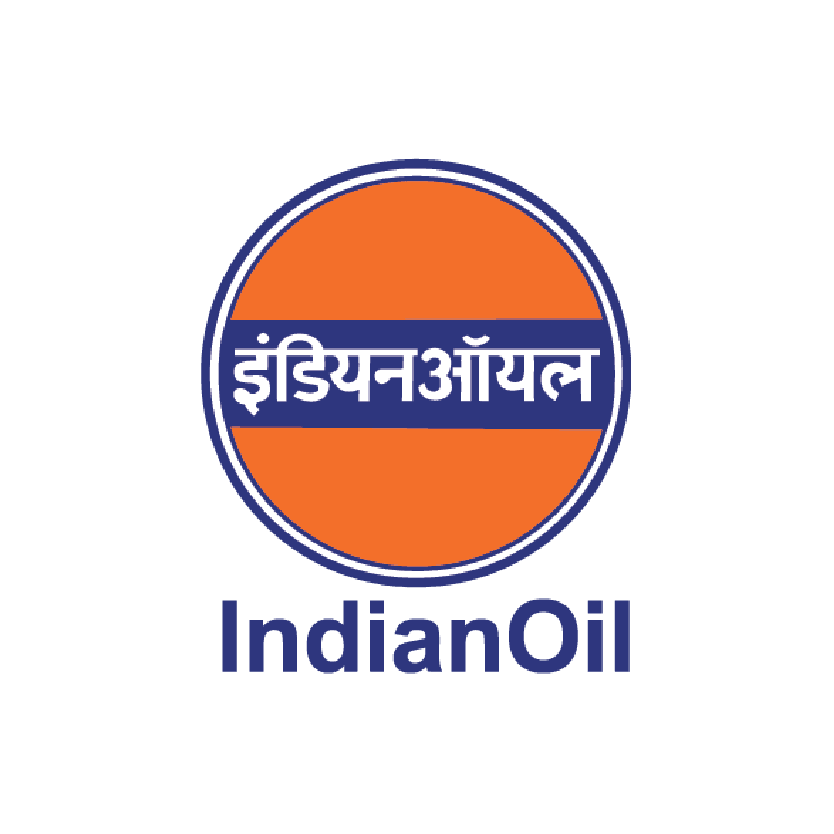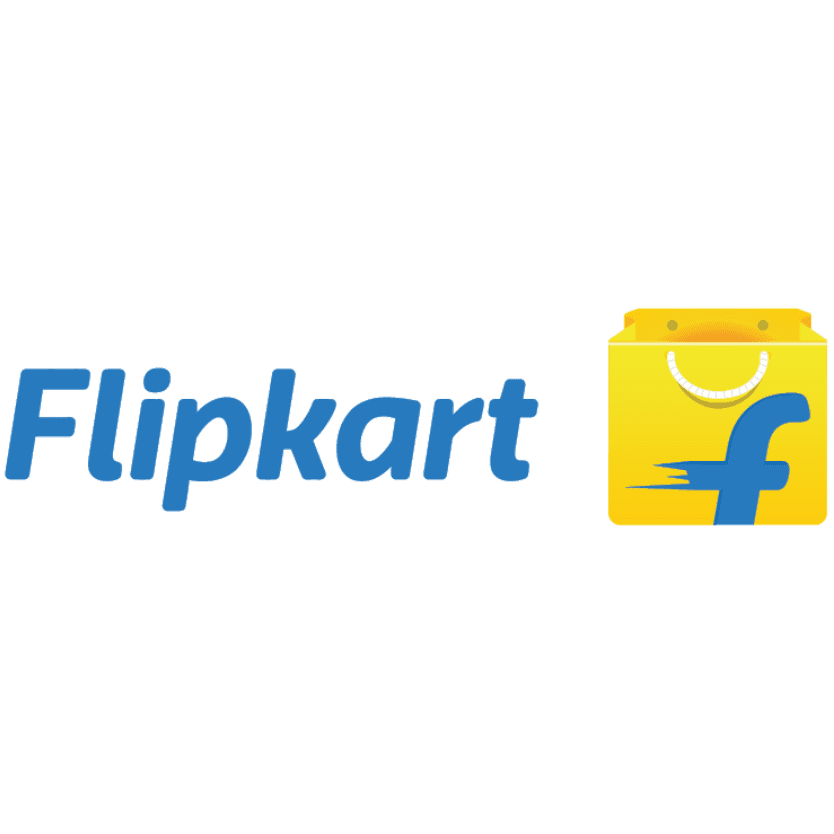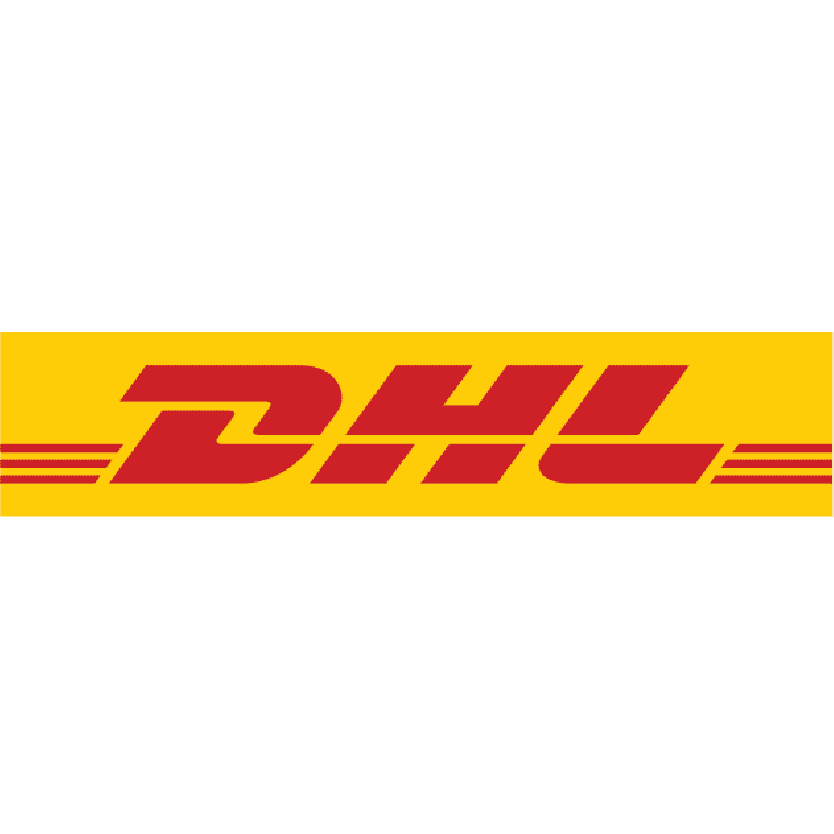
HUL : Automatisiertes Vertriebszentrum
HUL ist ein wichtiger Akteur im Einzelhandelssektor, der in verschiedenen Segmenten wie Haushaltspflege, Körperpflege, Getränke und verpackte Lebensmittel tätig ist. Das Unternehmen verfügt über ein umfangreiches Vertriebsnetz, das Millionen von Verbrauchern sowohl in ländlichen als auch in städtischen Gebieten erreicht. Um die Einzelhandelsgeschäfte direkt von seinem automatisierten Vertriebszentrum aus zu bedienen, benötigte HUL ein schlankes Vertriebsmodell.
HUL ist ein wichtiger Akteur im Einzelhandelssektor, der in verschiedenen Segmenten wie Haushaltspflege, Körperpflege, Getränke und verpackte Lebensmittel tätig ist. Das Unternehmen verfügt über ein umfangreiches Vertriebsnetz, das Millionen von Verbrauchern sowohl in ländlichen als auch in städtischen Gebieten erreicht. Um die Einzelhandelsgeschäfte direkt von seinem automatisierten Vertriebszentrum aus zu bedienen, benötigte HUL ein schlankes Vertriebsmodell.

